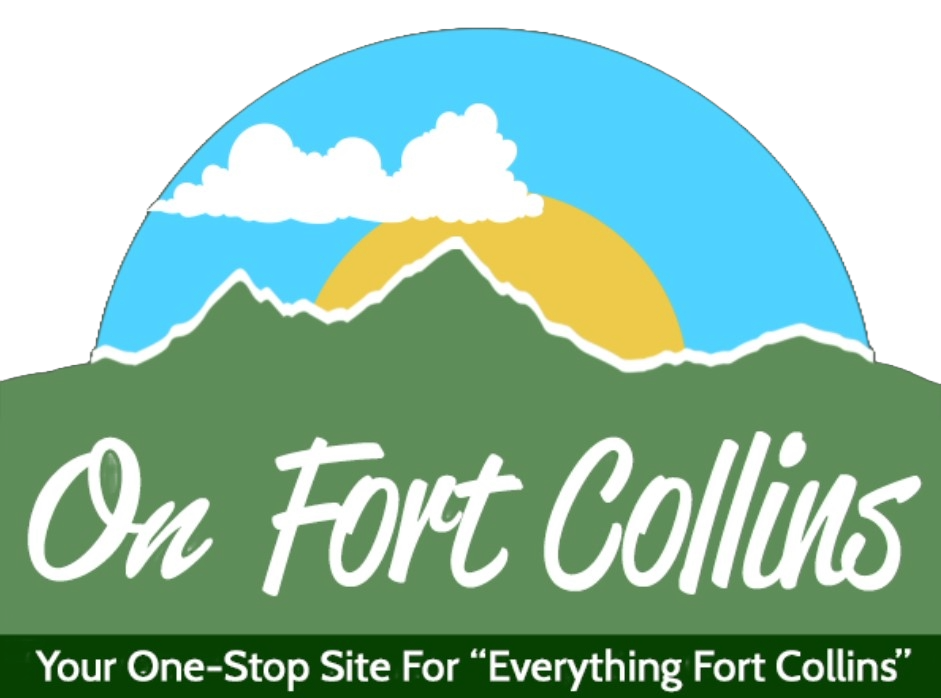Aspen’s African American Cowboys: An Undertold Story!

The history of Black cowboys in Aspen, Colorado, like many other parts of the American West, is a story of resilience, skill, and overlooked contributions. Aspen, known today for its luxurious ski resorts and affluent residents, has a rich and diverse history that includes the significant yet underrepresented role of Black cowboys.
Following the Civil War, many freed slaves moved westward in search of better opportunities and freedom from the oppressive conditions in the South. The West, with its burgeoning cattle industry, offered jobs and a new start. Aspen, during its early years as a mining town in the late 19th century, was part of this western migration. Black cowboys found work in various capacities—herding cattle, breaking horses, and even working in the silver mines that initially brought prosperity to Aspen.
One prominent figure among Black cowboys in the Aspen area was Isom Dart, originally born as Ned Huddleston. Dart was a skilled cowboy, bronco buster, and rancher who had a storied life that included working in Texas and later moving to the Rockies. Despite the racial prejudices of the time, Dart earned respect for his expertise with cattle and horses. He eventually settled in the northwest region of Colorado, near Aspen, where he continued his work in ranching until his untimely death in 1900.
The lives of Black cowboys like Dart were marked by both hardship and achievement. While they often faced significant racial discrimination, their expertise and hard work were crucial to the success of ranching operations. They worked long hours, performing demanding physical labor, and often had to prove themselves repeatedly to earn the same respect afforded to their white counterparts.
In Aspen, as in other parts of the West, Black cowboys were integral to the cattle drives that were essential to the region’s economy. They drove herds over vast distances, enduring harsh weather conditions and the ever-present threat of cattle rustlers. The skills they honed in roping, riding, and herding were unmatched, making them indispensable in an era when the cattle industry was booming.
Despite their significant contributions, the stories of Black cowboys in Aspen have been largely overshadowed in popular culture and historical narratives. The romanticized image of the white cowboy has dominated films, literature, and folklore, often leaving the diverse reality of the West underrepresented. Efforts to rectify this include historical research, exhibitions, and publications that highlight the diverse makeup of cowboy culture.
In recent years, there has been a growing recognition of the role Black cowboys played in shaping the American West. Historical societies and museums, such as the Black American West Museum in Denver, have worked to preserve and promote the history of Black cowboys. These efforts are crucial in ensuring that the stories of individuals like Isom Dart and many others are remembered and celebrated.
The history of Black cowboys in Aspen is a testament to their resilience and skill in the face of adversity. It is a story that enriches our understanding of the American West, highlighting the contributions of those who have long been overlooked. As we continue to uncover and honor these histories, we gain a fuller and more inclusive picture of our shared past.
Lenny Lensworth Frieling
Shared Knowledge Is Power!








